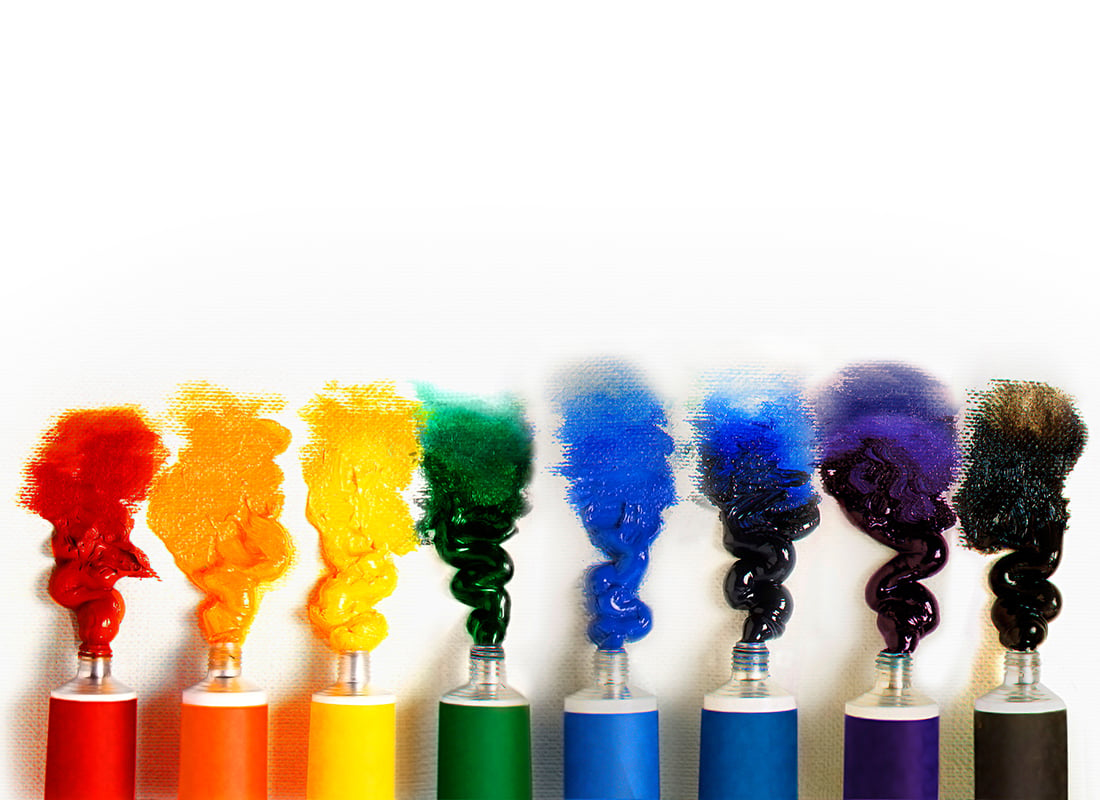
Paul Brown’s first exploration of his voice as an artist, a drawing which he later learned was a symbolic representation of an Exclusive OR logical operation, got him kicked out of art school as he was ‘unfit to pursue a career in the fine arts’. What followed has been a decades long, pioneering career at the forefront of not only a developing genre of art but the world’s digital transformation.
Digital arts and the art world
BCS specialist group, The Computer Arts Society (CAS), was founded in 1968 to promote the understanding of the role of digital and electronic media in the arts, aiming to ensure that it and its long history is recognised by contemporary artists, technologists, audiences and collectors. Paul works on communications for the society, and agrees with an exhausted laugh that it has been an uphill battle from the start.
The art world, he explains, has never been quick to adopt new things. Paul cites how Cezanne’s work wasn’t appreciated for 40 years; photography not for 40 or 50; impressionism began life in Paris’ Salon de Refuse, where critics would quite literally spit at the artwork.
With this in mind, I asked Paul whether he felt the increasing public interest in AI and technology would accelerate how seriously the art world takes the computer arts. Though the V&A has an extensive collection of digital art, and the Tate holds exhibitions, which is contributing to building the credibility of the genre, he explains that the commercial art world itself is founded on making money. ‘They want to have a piece of paper that says “Picasso handled that, Picasso made the marks on that”’, he explains. ‘They can attribute value to that which then can accrue value as an investment over time. And computer art doesn’t fit easily into that model.
‘For example even with newer media like photography, people would print an edition of photographs and then destroy the negative in order to keep the value in the photograph. In the computer domain, you can destroy the program, but it still doesn’t have that same value, and the commercial art world doesn’t know how to make money out of that.’
The tools of creativity
For Paul, the question of how AI will impact art is a relatively simple one; this new era of technology won’t take the humanity out of art, but instead is just another tool which enables human creativity.
‘When I started out in the 60s’, he explains, ‘I thought that by using FORTRAN I could distance myself from the artwork and write a process to be its author — not me. And I was mistaken. Somewhere in a group exhibition in the 90s, I was standing behind a couple of people looking at one of my pieces and they said, “oh, it’s just another Paul Brown”. And I realised that my attempt to have the program be the author of the art had failed; what I’d produced was distinctive. That signature is very hard to get rid of, and writing a computer program passes a signature through to the process.
‘Another example is Harold Cohen. He had created this agent in Lisp, AARON — and after he passed away, his son Paul was able to run it to produce 100% genuine Harold Cohen drawings. He took his internal creative behaviour and encapsulated it in an external program, so it’s still Harold making the art – even though he’s dead, it’s still his art.
‘So it’s the people driving the technology that are making the art; the artificial intelligence is really like paint in a tube. If you think about that transition from the Academy to impressionism, what enabled that major revolution was paint in the tube: before that, apprentices would grind your colours and you had to work in a studio. But as soon as you could buy paint in a tube, you could go out and do plain air painting and that’s impressionism.
‘The text-based image generators are like a kind of paint in the tube. They can bring a massive amount of skill and knowledge to aid me, but it’s still my art. One of the top theorists in the medium is a Russian, Lev Manovich. He was trained as an artist, and he’s using Midjourney and training it using Russian pen and ink drawings. And he’s getting incredible results from it, knowing exactly what he wants to do and driving it in such a way that it’s producing really good work.’
The artificial artist?
Creativity itself is not something AI has yet, and for Paul this is what prevents it from being anything more than paint in a tube. Creating art, Paul argues, requires more than the technical trappings of painting or drawing; it requires the ability to perceive, to assess, and to contextualise, all while being self-aware of your work’s place within that context.

